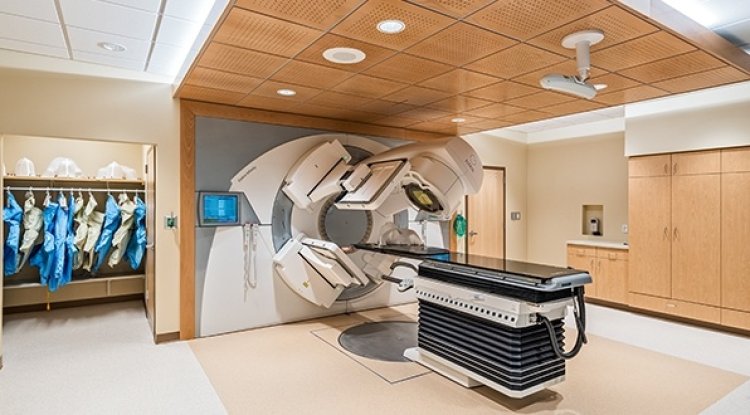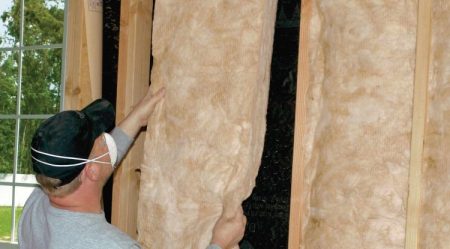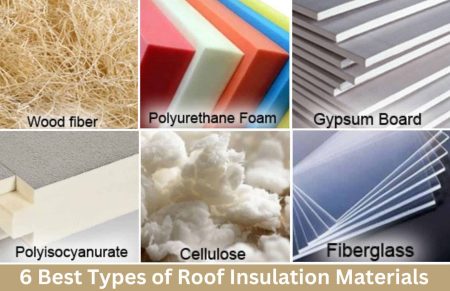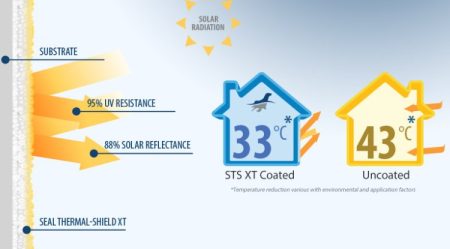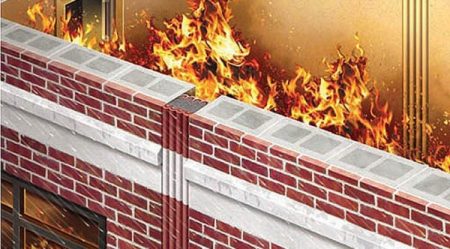Radiation isolation is a critical aspect of safety in various environments where radiation is present. Whether it’s a medical facility, nuclear power plant, or space exploration mission, implementing effective radiation isolation techniques is essential to protect individuals and minimize potential risks. In this article, we will explore different environments where radiation isolation is crucial and discuss practical strategies to achieve it.
Contents
Radiation Isolation in Medical Facilities
1. Importance of Radiation Isolation in Healthcare Settings
- Patient Safety: Radiation isolation measures in medical facilities ensure the safety of patients undergoing diagnostic procedures and treatments involving radiation.
- Worker Protection: Healthcare professionals working with radiation-emitting equipment or administering treatments must follow strict safety protocols to minimize their own radiation exposure.
2. Techniques for Radiation Isolation in Medical Facilities
- Shielding and Containment: Lead aprons, shields, and specially designed rooms with lead-lined walls are used to block radiation and confine its spread, protecting individuals in adjacent areas.
- Proper Equipment Calibration: Regular calibration and maintenance of radiation-emitting devices are crucial to ensure accurate and safe radiation delivery.
Radiation Isolation in Nuclear Power Plants
1. Ensuring Safety in Nuclear Power Plants
- Worker Protection: Radiation isolation techniques are implemented to safeguard the health and well-being of workers involved in nuclear power plant operations.
- Preventing Radioactive Material Release: Effective containment systems and barriers are employed to prevent the release of radioactive materials into the environment.
2. Strategies for Radiation Isolation in Nuclear Power Plants
- Shielding Structures: Nuclear power plants are constructed with robust shielding structures, such as thick concrete walls, to minimize radiation exposure to workers and the public.
- Controlled Access: Strict access control measures are in place to restrict entry to authorized personnel only, minimizing the risk of unnecessary radiation exposure.
Radiation Isolation in Space Exploration
1. Protecting Astronauts from Space Radiation
- Spacecraft Shielding: Spacecraft are designed with shielding materials to protect astronauts from the harmful effects of space radiation.
- Dosimetry and Monitoring: Continuous monitoring of radiation levels inside spacecraft and dosimetry systems help track and manage radiation exposure during space missions.
2. Radiation Isolation Measures in Space Exploration
- Spacesuit Design: Spacesuits are engineered to provide a certain level of radiation shielding to astronauts during extravehicular activities.
- Shielding Habitable Modules: Habitable modules in space stations are shielded to minimize radiation exposure during long-duration missions.
Conclusion
Radiation isolation is crucial in various environments to ensure the safety and well-being of individuals exposed to radiation. Whether in medical facilities, nuclear power plants, or space exploration missions, implementing appropriate techniques such as shielding, containment, proper equipment calibration, and controlled access helps minimize radiation risks. By prioritizing radiation safety and following best practices, we can achieve effective radiation isolation and create safer environments for all.

